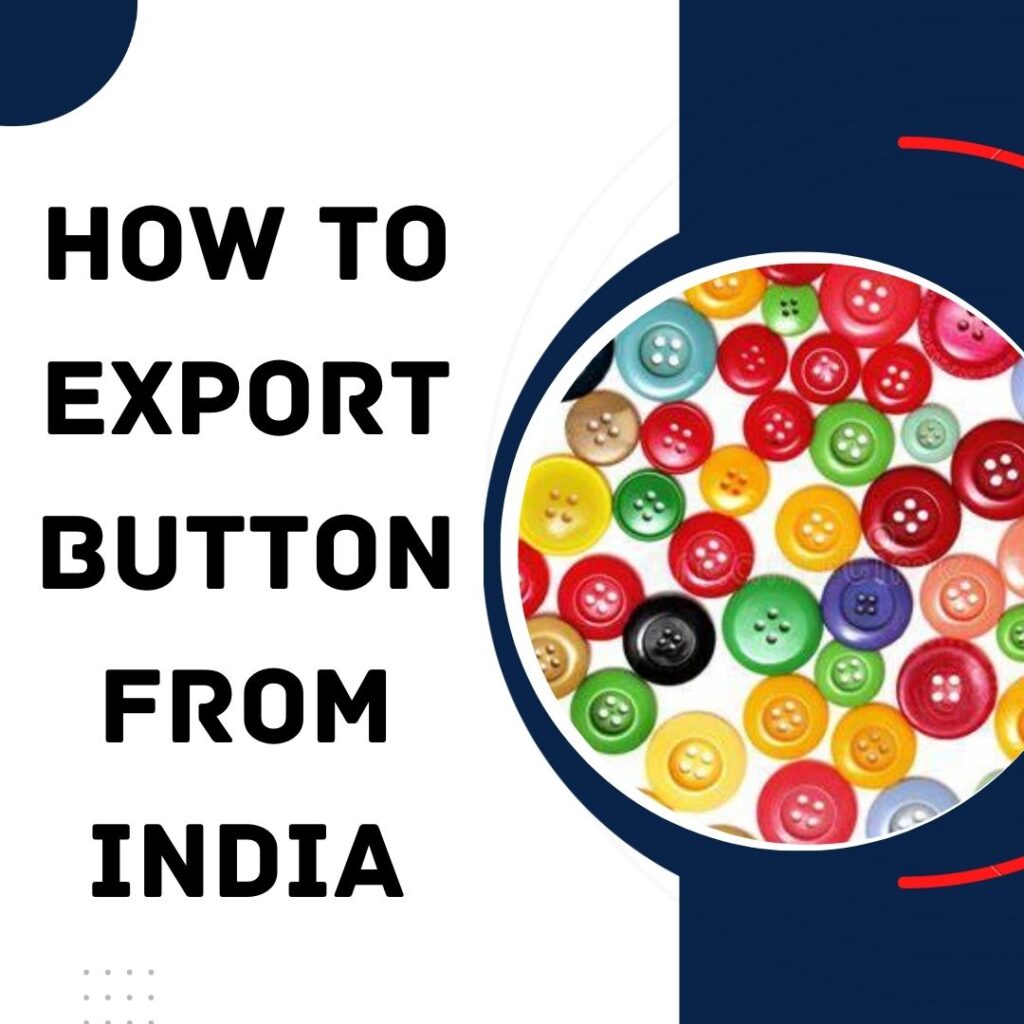Obtain Importer Exporter Code (IEC):
The first step is to obtain an Importer Exporter Code (IEC) from the Directorate General of Foreign Trade (DGFT). This code is mandatory for anyone wishing to engage in the import or export of goods from India.
Identify the Harmonized System (HS) Code:
Identify the Harmonized System (HS) code for the product you intend to export. This code is used to classify products for customs purposes.
Choose the Mode of Transport:
Decide on the mode of transport for your goods. You can choose between air, sea, or land transportation based on the nature of your products and destination.
Select a Freight Forwarder:
Consider hiring a reliable freight forwarder or shipping agent who can assist with the logistics of transporting your goods. They can help with documentation, shipping arrangements, and customs clearance.
Packaging and Labeling:
Ensure that your goods are properly packaged and labeled according to international standards. Proper packaging helps protect your products during transit.
Customs Documentation:
Prepare the necessary customs documentation, including the commercial invoice, packing list, bill of lading or airway bill, and any other documents required by the destination country.
Customs Clearance:
Work with a customs broker to facilitate the customs clearance process. They will ensure that all required documents are submitted, and duties and taxes are paid.
Compliance with Export Restrictions:
Be aware of any export restrictions or prohibitions on the goods you are exporting. Certain products may require special permits or licenses.
Insurance:
Consider purchasing cargo insurance to protect your goods during transit. This is particularly important for international shipments.
Payment and Finance:
Settle payment terms with your buyer. Ensure that you are familiar with the payment methods commonly used in international trade, such as letters of credit.
Track and Monitor Shipments:
Keep track of your shipments and monitor their progress to ensure timely delivery.
Post-Export Obligations:
Fulfill any post-export obligations, such as providing required documents to the buyer, and keeping records of the transaction for future reference.
It’s important to note that this is a general guide, and the specific requirements and procedures may vary based on the type of goods, destination country, and applicable trade agreements. It is recommended to consult with experts, such as customs agents or trade consultants, to ensure compliance with all regulations.



